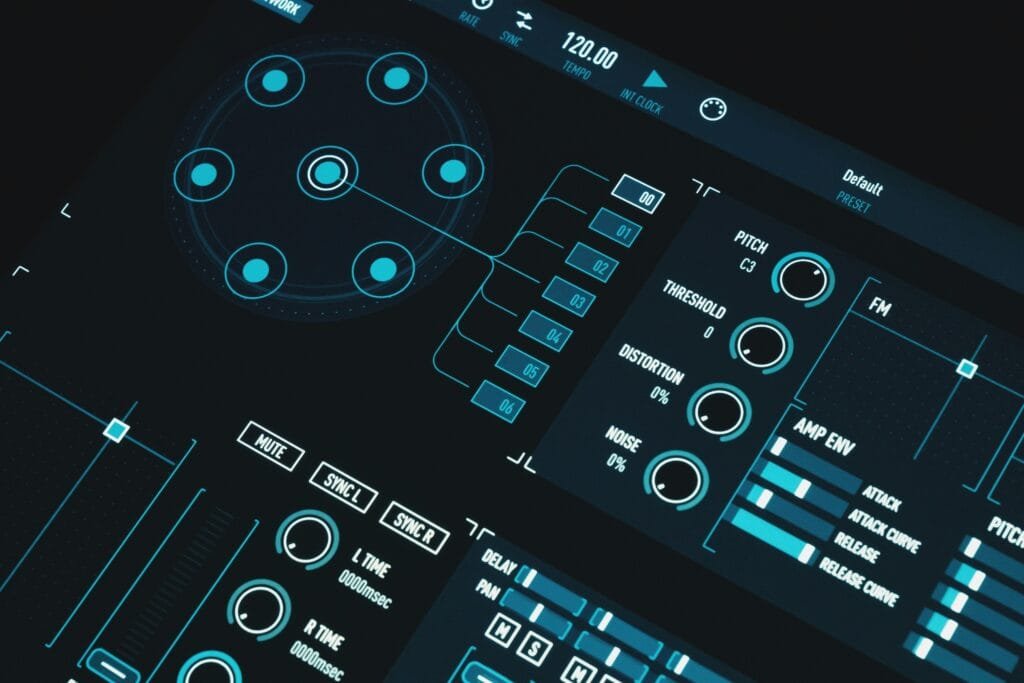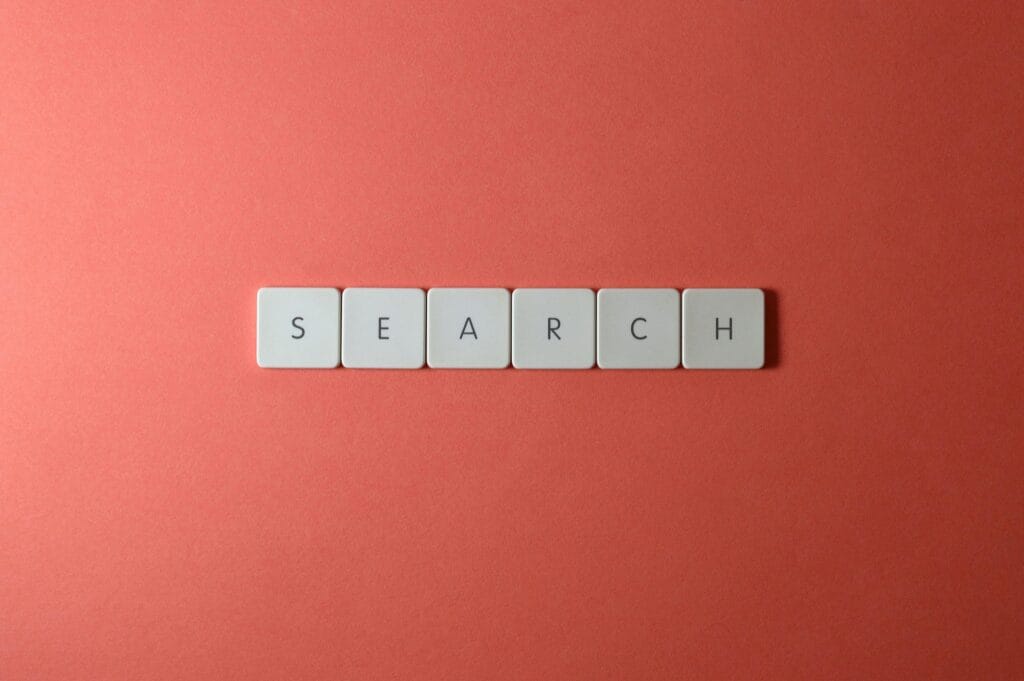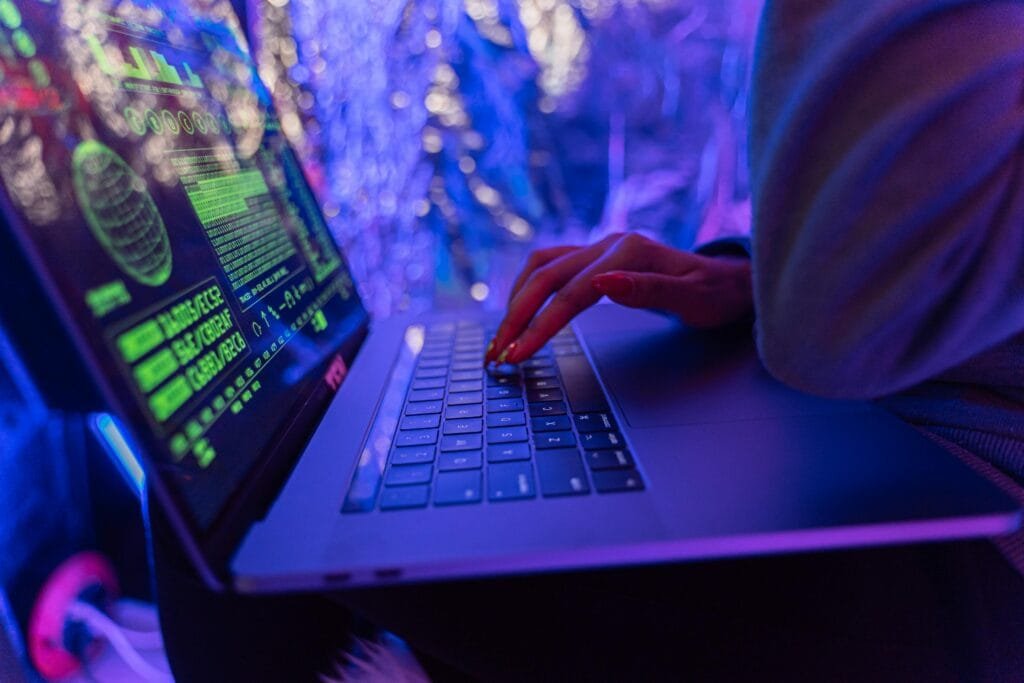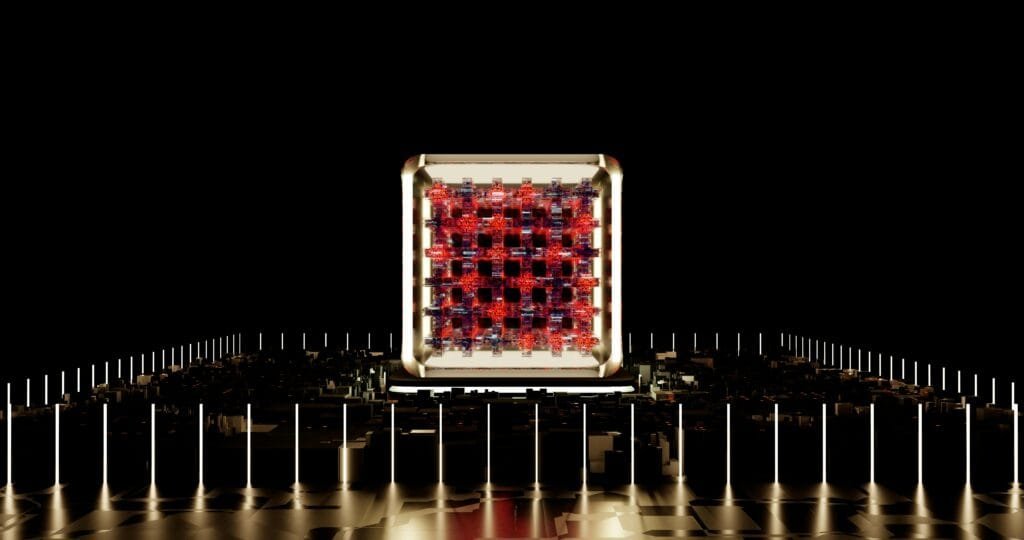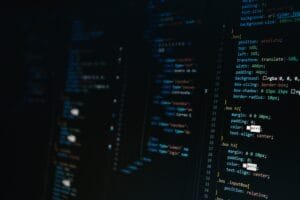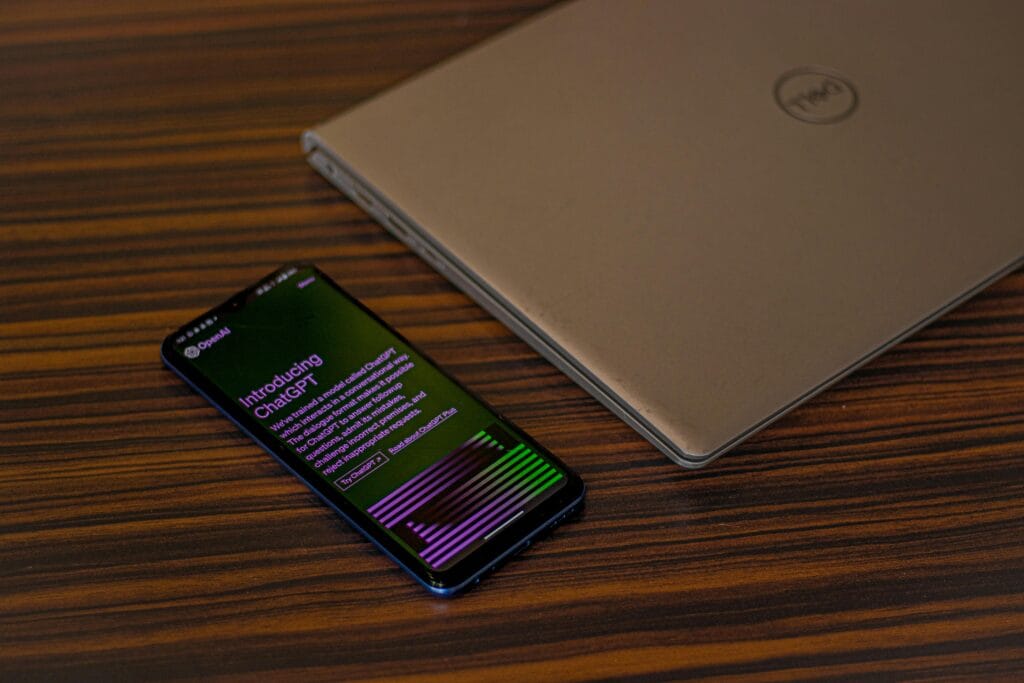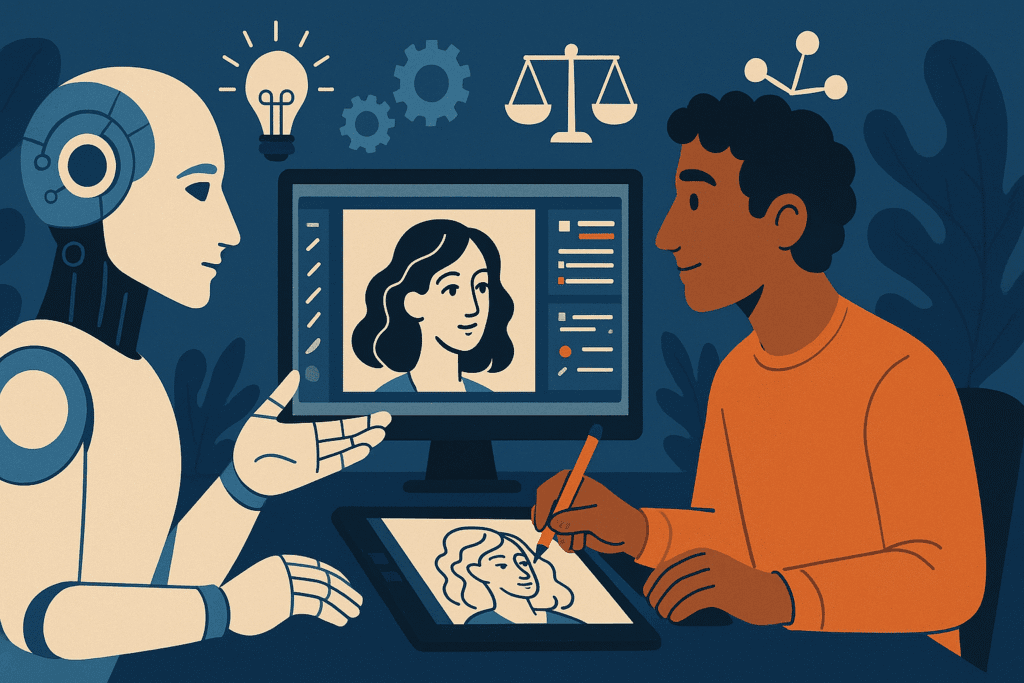
Scroll through any social media feed or tech news site, and it’s impossible to ignore the tidal wave of conversations about Artificial Intelligence. Tools like ChatGPT, Midjourney, and Sora are no longer niche curiosities; they are powerful, accessible platforms creating everything from marketing copy and legal documents to photorealistic images and cinematic video clips. This explosion in AI capability has sparked a fierce and often anxious debate, particularly within creative and professional fields. The central question echoes in design studios, writers’ rooms, and marketing agencies worldwide: Is this the end of human creativity as a profession? Are our jobs on the verge of being automated into obsolescence, or are we standing at the dawn of a new, augmented era? The reality, as is often the case, is far more nuanced than either of these extremes. This isn’t just about a new piece of software; it’s about a fundamental shift in how we create, think, and define value in our work. Let’s explore what this AI revolution truly means for the future of creative professions.
How AI is Augmenting Human Ingenuity
Before we sound the alarm, it’s crucial to reframe our perception of AI. Instead of viewing it as a direct replacement, consider it the most sophisticated assistant you’ve ever had. For countless professionals, AI is not a competitor but a collaborative partner that augments their skills, accelerates workflows, and unlocks new creative possibilities. The most effective model emerging is not AI versus human, but human *with* AI – a concept often called the “centaur” model, where the combination of human strategy and AI execution produces results superior to what either could achieve alone.
For writers and content creators, AI models can obliterate the dreaded writer’s block. They can act as a tireless brainstorming partner, generating dozens of headlines, article outlines, or marketing angles in seconds. They can summarize dense research papers, transcribe interviews, and draft mundane emails, freeing up the writer to focus on higher-level tasks like narrative structure, emotional tone, and strategic messaging. The AI can produce the clay, but the human artist is still the one who sculpts it into a masterpiece.
In the visual arts, the impact is just as profound. A graphic designer can use an AI image generator like Midjourney or DALL-E to create a dozen different mood boards or initial concepts for a client in the time it used to take to sketch one. This allows for faster iteration and a more collaborative client feedback process. An architect can generate realistic renderings of a building in various lighting conditions and material finishes, providing a richer, more immersive vision for their project. AI handles the laborious rendering and variation tasks, while the designer guides the process with their aesthetic taste, understanding of composition, and project goals. The human becomes the art director, guiding the AI’s immense generative power toward a specific, intentional outcome.
Ethical Dilemmas and Copyright Conundrums
Of course, this rapid technological advancement is not without its challenges. The rise of generative AI has thrown open a Pandora’s box of complex ethical and legal questions that we are only just beginning to address. One of the most contentious issues is copyright. If an artist uses an AI to generate an image, who owns the final product? The artist who wrote the prompt, the company that developed the AI, or does it fall into the public domain? The U.S. Copyright Office has stated that works created entirely by AI without human authorship are not eligible for copyright, but the line becomes blurry when a human is heavily involved in the selection, arrangement, and modification of AI-generated content.
Furthermore, there is the massive debate over the data used to train these models. Many AI systems were trained by scraping billions of images and texts from the internet, often without the consent of the original creators. This has led to high-profile lawsuits from artists and companies like Getty Images, who argue that their work was used to build a commercial tool that now competes with them. This raises fundamental questions about data privacy, intellectual property, and fair compensation in the digital age.
Beyond the legal battles, there’s a crisis of authenticity and trust. In an environment where hyper-realistic deepfakes can be created with ease, how can we trust what we see online? The potential for misinformation, propaganda, and malicious impersonation is immense. This erodes the very foundation of shared reality and places a new burden on consumers and platforms to verify the source and authenticity of digital content. Finally, there’s the philosophical question of value. If anyone can prompt an AI to create a beautiful image, does that devalue the skill and dedication of artists who have spent decades honing their craft? It forces us to distinguish between the act of creation and the deeper intent, story, and emotion that has always defined true art.
Redefining Professional Roles in the AI Era
The fear that AI will “take our jobs” is pervasive, but history shows that technology tends to transform jobs rather than simply eliminate them. The Industrial Revolution didn’t get rid of all labor; it created new kinds of factory, maintenance, and design jobs. The AI revolution is poised to do the same for creative and knowledge work. While some tasks will certainly be automated, new roles are emerging, and existing ones are evolving to incorporate AI as a core competency.
We are already seeing the rise of the “AI Prompt Engineer” – a professional skilled in the art and science of crafting detailed prompts to elicit the most precise, useful, and creative outputs from an AI. This role requires a unique blend of linguistic precision, logical thinking, and deep domain knowledge. A generic prompt gets a generic result; a masterfully crafted prompt can yield brilliance.
Similarly, roles are shifting from pure creation to strategic oversight. A “copywriter” might evolve into an “AI Content Strategist,” responsible for defining the brand voice, setting the content goals, and then using AI tools to generate initial drafts which they then refine, edit, and fact-check. A “graphic designer” might become a “Visual Systems Director,” who uses AI to explore possibilities but makes the final decisions based on brand strategy, psychological principles of design, and a deep understanding of the target audience. The human value shifts from the “what” (creating the asset) to the “why” (the strategy behind it) and the “how” (ensuring it’s high-quality and effective). New roles like “AI Ethics Auditor” will also become critical, ensuring that the AI systems a company uses are fair, unbiased, and compliant with regulations.
Future-Proofing Your Career: Practical Steps to Thrive Alongside AI
So, how can you not only survive but thrive in this new landscape? It’s not about fighting against the tide but learning how to surf it. The first and most critical step is to adopt a mindset of lifelong learning and adaptation. The AI tools of today will be obsolete in a year. The key is not to become a master of one specific program but to remain curious, flexible, and willing to experiment with new technologies as they emerge.
Second, double down on the skills that are uniquely human. AI can process data, but it can’t feel empathy. It can generate text, but it can’t build a trusting client relationship through communication and understanding. It can spot patterns, but it can’t perform complex strategic thinking that balances business goals, market dynamics, and human values. Skills like critical thinking, emotional intelligence, collaboration, leadership, and complex problem-solving are becoming more valuable than ever. These are the skills that allow you to effectively direct the AI tools.
Third, focus on developing your unique voice, taste, and perspective. In a world flooded with AI-generated content, which can often be generic, a distinct and authentic human viewpoint will be a powerful differentiator. Become a master curator. AI can generate a hundred options, but your value lies in your ability to identify the single best one and explain why it works. Your personal taste, refined over years of experience, is not something an algorithm can replicate. Start using the tools now. Don’t be intimidated. Get a free account for ChatGPT, play with an image generator, and see what they can do. Understanding the capabilities and limitations of these tools firsthand is the single best way to demystify them and begin integrating them into your workflow in a productive way.
This technological shift is undeniably massive, on par with the invention of the internet. It brings with it a potent mix of incredible opportunity and significant disruption. While it’s easy to focus on the anxieties of automation and the devaluation of old skills, it’s more productive to see this as a moment of profound evolution. AI is a tool, arguably the most powerful creative tool ever invented. It doesn’t have intent, taste, or wisdom. That remains our domain. The future will belong not to the AI, nor to the professionals who refuse to use it, but to the creative, strategic, and adaptable humans who learn to wield it as a partner to achieve things we once thought were impossible.
References
1. Knight, W. (2023). “The Generative AI Race Has a Big Trust Problem.” WIRED. https://www.wired.com/story/generative-ai-race-has-a-big-trust-problem/
2. De-Arteaga, M., & Doshi-Velez, F. (2024). “How Generative AI Is Changing Creative Work.” Harvard Business Review. https://hbr.org/2024/01/how-generative-ai-is-changing-creative-work
3. U.S. Copyright Office. (2023). “Copyright Registration Guidance: Works Containing Material Generated by Artificial Intelligence.” https://www.copyright.gov/ai/ai_policy_guidance.html
4. Marr, B. (2023). “The Future Of Work: How AI Is Transforming The Job Market.” Forbes. https://www.forbes.com/sites/bernardmarr/2023/04/03/the-future-of-work-how-ai-is-transforming-the-job-market/
5. Budiu, R. (2023). “AI Is a Design Tool. Treat It That Way.” Nielsen Norman Group. https://www.nngroup.com/articles/ai-design-tool/
